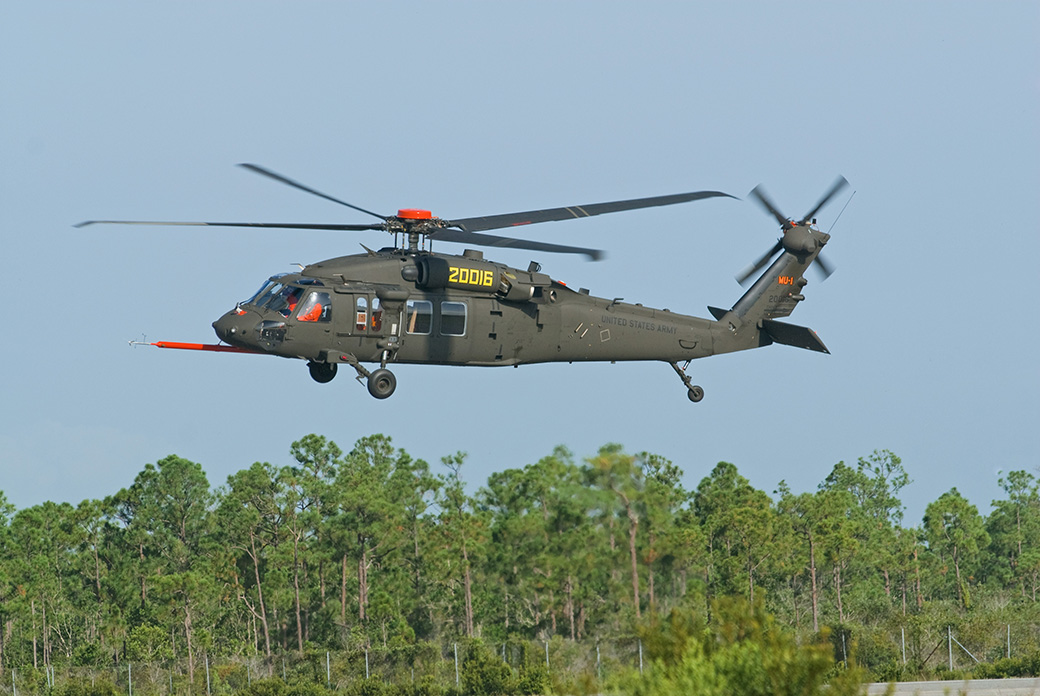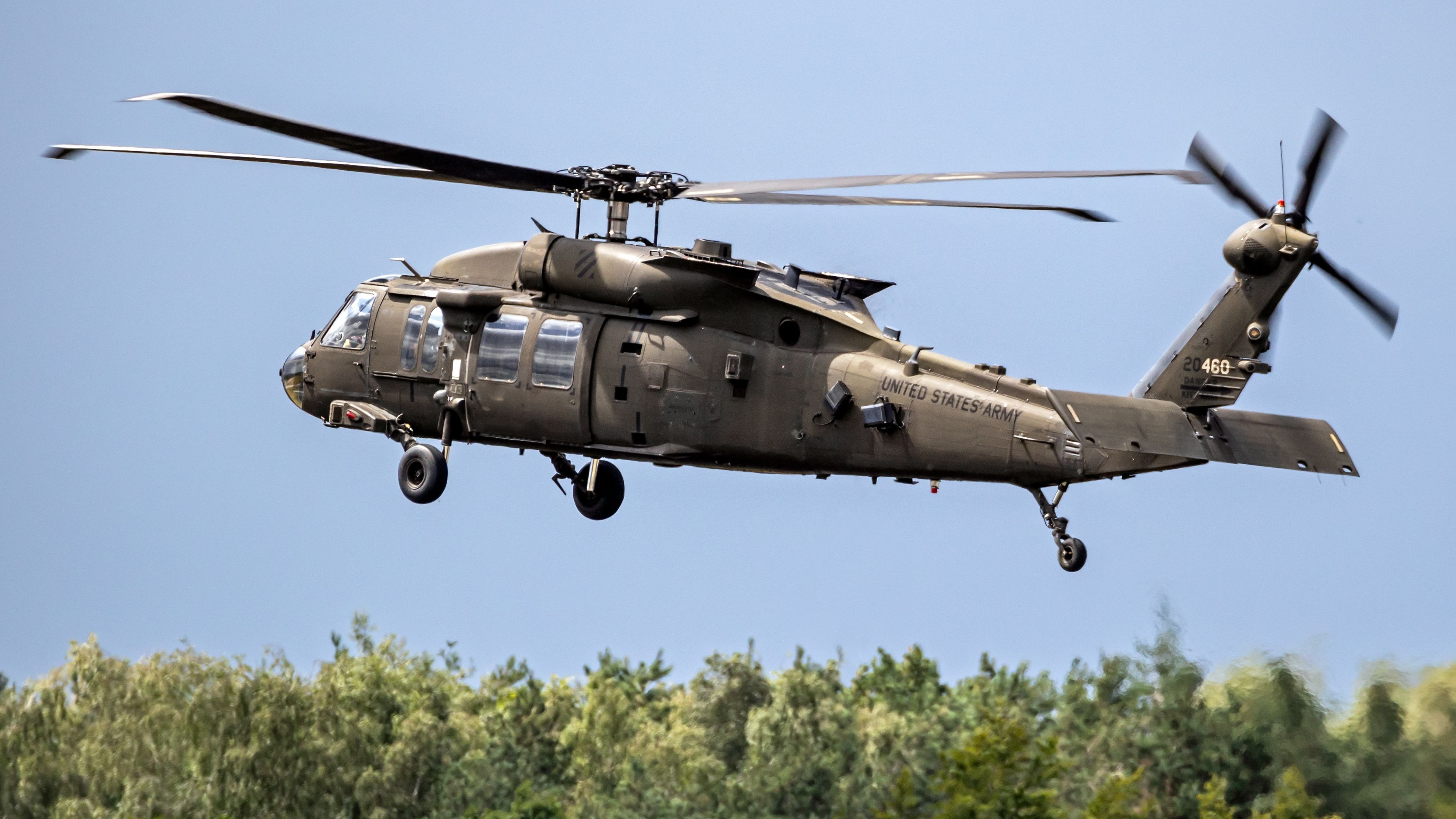Every Little Thing You Need to Understand About the UH 60 Helicopter
The UH-60 helicopter, a keystone of U.S. Military air travel because its debut in 1979, represents an impressive blend of engineering and functional versatility. As armed forces requirements advance, so too does the helicopter, with continuous advancements intended at improving its capacities and integrating modern technologies.
Background of the UH-60
Established in the late 1970s, the UH-60 Black Hawk helicopter arised as a feedback to the U.S. Military's need for a functional energy helicopter that could perform a selection of goals under difficult conditions. The impetus for its design was the imperfections determined in the earlier helicopters utilized throughout the Vietnam War, particularly in terms of speed, ability to move, and survivability.
The Black Hawk was created by Sikorsky Airplane, incorporating innovative innovations and products to enhance its efficiency and resilience. It was formally presented into solution in 1979, swiftly becoming a critical asset for armed forces procedures - uh 60. Its capability to move soldiers, medical emptying, and logistical assistance in both battle and humanitarian goals made the Black Hawk an invaluable part of the united state Military's aeronautics fleet
Throughout the decades, the UH-60 has actually been constantly updated, adapting to the altering nature of war and the developing demands of modern armed forces operations. Its functional background includes participation in significant problems, peacekeeping goals, and disaster relief initiatives, strengthening its reputation as a efficient and trustworthy helicopter in different atmospheres worldwide.

Style and Requirements
The style of the UH-60 Black Hawk helicopter constantly reflects a dedication to operational performance and flexibility. Developed by Sikorsky Airplane, this medium-lift utility helicopter includes a sleek, wind resistant body that improves rate and maneuverability. Its tandem rotor system, defined by 2 counter-rotating blades, lessens vibration and boosts lift capability, permitting for much safer procedures in diverse environments.
The UH-60 is powered by 2 T700-GE-701C turboshaft engines, supplying a maximum rate of around 180 knots and a variety of around 400 maritime miles. Its durable airframe is created from sophisticated composite materials, making certain longevity while preserving a reasonably reduced weight. The helicopter has a maximum gross weight of regarding 22,000 pounds, sustaining a functional haul setup.

Goals and roles
A versatile platform, the UH-60 Black Hawk helicopter serves a plethora of duties and objectives within military operations. Created largely for army transportation, it can carrying approximately 11 soldiers, making it a crucial possession for quick release and logistical support.
Along with troop transportation, the UH-60 masters clinical emptying (MEDEVAC) objectives, equipped with sophisticated clinical tools to provide important care during transit. Its capability to run in varied environments enhances its effectiveness in battle search and rescue (CSAR) operations, where speedy extraction of personnel is essential.
The helicopter additionally plays a substantial role in reconnaissance and monitoring missions, utilizing onboard sensing units and tools to debrief. In addition, its convenience prolongs to logistical assistance, qualified of transferring materials and tools to forward operating bases - uh 60.
In combat operations, the UH-60 can be outfitted with various tool systems, allowing it to supply close air support. Its multi-role ability makes the Black Hawk an essential tool for modern-day military pressures, adapting flawlessly to the evolving demands of battlefield situations and ensuring objective success across a variety of functional contexts.
Efficiency and Capacities
Understood for its robust performance, the UH-60 Black Hawk helicopter boasts excellent capabilities that improve its operational effectiveness throughout numerous missions. uh 60. This multi-role airplane is geared up with effective twin-engine Turbomeca Arriel 1D1 engines, offering exceptional speed and ability to move, with a maximum cruise ship speed of around 150 knots and an operational variety of around 400 nautical miles
The Black Hawk's innovative avionics and fly-by-wire control systems significantly have a peek at these guys enhance trip security and handling, enabling it to run in diverse environments, including negative weather problems. Its convenience is more exemplified by its ability to official site lug as much as 11 totally equipped troops or a haul of about 8,000 pounds, making it ideal for army transport, medical discharge, and logistical assistance goals.
Furthermore, the UH-60 is created for survivability, featuring strengthened airframes, ballistic defense for crew and travelers, and progressed countermeasure systems to evade hazards. The helicopter's agility and rate, combined with its ability for rapid deployment, make it an indispensable possession in modern military procedures, ensuring that it stays a vital element of tactical air assistance and battlefield movement.
Future Developments

One significant focus is the combination of innovative avionics systems, which will improve situational understanding via improved navigation and interaction capabilities. This includes the potential use expert system to aid pilots in decision-making and goal preparation.
Moreover, future variants might integrate innovative materials and style features to reinforce the helicopter's toughness and minimize its radar signature, enhancing survivability in objected to environments.
The intro of hybrid-electric propulsion systems is additionally coming up, intending to improve fuel effectiveness and reduce logistical burdens. Such developments could prolong functional range and decrease the helicopter's environmental footprint.

Final Thought
The UH-60 helicopter represents a significant development in armed forces aviation because its click here now intro in 1979. The UH-60's enduring visibility emphasizes its vital function in modern armed forces operations and highlights the ongoing evolution of military aeronautics technology.
The UH-60 helicopter, a foundation of United state Military air travel given that its debut in 1979, represents a remarkable mix of design and functional flexibility. As military needs develop, so also does the helicopter, with continuous innovations intended at boosting its capacities and incorporating modern-day innovations.The design of the UH-60 Black Hawk helicopter regularly reflects a dedication to functional effectiveness and adaptability. Developed by Sikorsky Aircraft, this medium-lift utility helicopter features a smooth, aerodynamic fuselage that enhances speed and maneuverability.The UH-60 helicopter stands for a considerable innovation in armed forces aeronautics because its intro in 1979.
Comments on “UH 60 Black Hawk Helicopter: Enhancing Military Efficiency and Air Mobility”